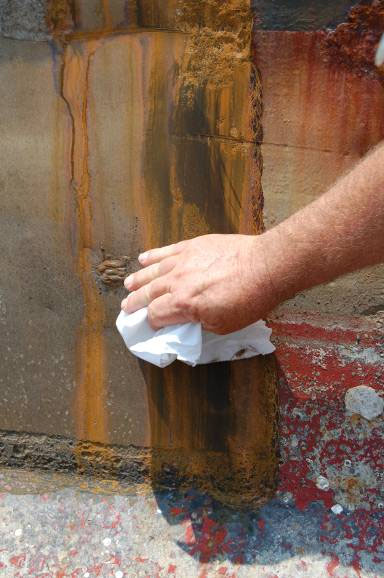The purpose of this study is to identify practical technology that can be used by shipyards to remove tributyltin (TBT) from large volumes of water to levels below 50 parts per trillion.
Procedures for treating wastewater at the Livermore facility start with the addition of iron (II) chloride to remove sulfides and to promote settling.
In one sewage plant in Switzerland, TBT levels in water were reduced from 181 ppt to 9 ppt mainly by sedimentation in the primary classifier and subsequent treatment steps (Fent 1996).
Residual concent rat ions of mo n obut y lt in at t h e ug/L lev el in t h e effluen t will p ro bably n o t p o se a h azard t o aquat ic o rgan isms since t he effluent will event ually be great ly dilut ed and t oxicit y of monobut ylt in t o aquat ic organisms has only been observed at much higher concentrations (mg/L).
Another portion of the TBT removed from the water column was transported to sediments.
Sources and Rate of Degradation of Tri(n-butyl)tin in Marine Sediments Near Auckland, New Zealand.
T h ere is n o ev iden ce o r m en tio n o f h o w t o co n tro l t h e co n cen t rat io n s disch arged in t o t h e waters, only that reduced concentrations seem to be effective.
Chemosphere (1996) 32:12, Tap water from residential areas where PVC pipe had been recently installed as well as raw and treated water from water treatment plants was collected and analyzed for several organotins.
[Download not found]











April 7, 2009
Waste Treatment-Metals